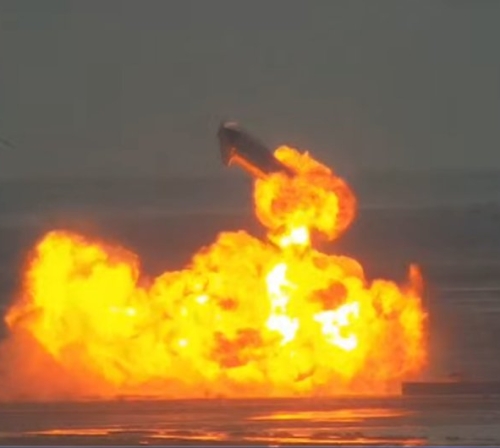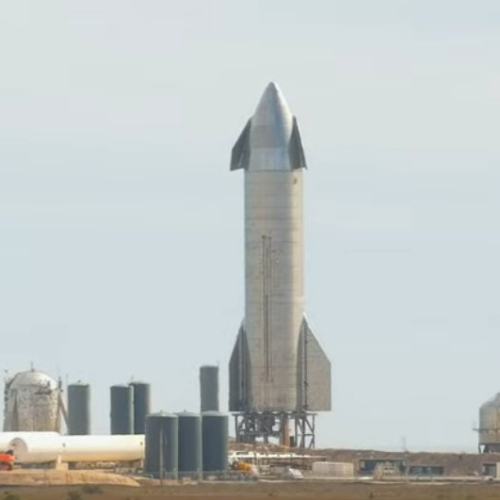Space Force awards launch contracts (two each) to ULA and SpaceX
Capitalism in space: On March 9th the Space Force announced that it has awarded four new launch contracts, two each to ULA and SpaceX, for a total cost of just under $400 million, all to launch in ’23.
Under the task orders issued March 9, ULA and SpaceX will each launch two missions. ULA was awarded $225 million to launch and integrate the USSF-112 and USSF-87 missions on its Vulcan Centaur rockets while SpaceX was awarded $160 million to launch and integrate USSF-36 and launch NROL-69 on its Falcon 9 rockets.
Based on these numbers it appears ULA is charging about $113 million per launch for its new Vulcan Centaur rocket, while SpaceX is charging about $80 million using its Falcon 9.
For ULA, that is less that what it would charge using its Atlas 5 rocket, but not by much. For SpaceX this price is high, probably because the military might be demanding the company use new boosters for its launches.
These high prices for both are to me a sign of how little our federal government cares about saving any money for the taxpayer. While the competition brought on by SpaceX’s arrival is saving the military money, the way these contract awards are structured, with both ULA and SpaceX guaranteed to win them, neither company has an incentive to reduce its prices. Instead, they can overcharge and the military can do nothing about it.
In a more sane world the military would use the competition in the launch market to get an ever better deal. Instead, our federal government sees its budget as a blank check, and they are using it.
Capitalism in space: On March 9th the Space Force announced that it has awarded four new launch contracts, two each to ULA and SpaceX, for a total cost of just under $400 million, all to launch in ’23.
Under the task orders issued March 9, ULA and SpaceX will each launch two missions. ULA was awarded $225 million to launch and integrate the USSF-112 and USSF-87 missions on its Vulcan Centaur rockets while SpaceX was awarded $160 million to launch and integrate USSF-36 and launch NROL-69 on its Falcon 9 rockets.
Based on these numbers it appears ULA is charging about $113 million per launch for its new Vulcan Centaur rocket, while SpaceX is charging about $80 million using its Falcon 9.
For ULA, that is less that what it would charge using its Atlas 5 rocket, but not by much. For SpaceX this price is high, probably because the military might be demanding the company use new boosters for its launches.
These high prices for both are to me a sign of how little our federal government cares about saving any money for the taxpayer. While the competition brought on by SpaceX’s arrival is saving the military money, the way these contract awards are structured, with both ULA and SpaceX guaranteed to win them, neither company has an incentive to reduce its prices. Instead, they can overcharge and the military can do nothing about it.
In a more sane world the military would use the competition in the launch market to get an ever better deal. Instead, our federal government sees its budget as a blank check, and they are using it.





